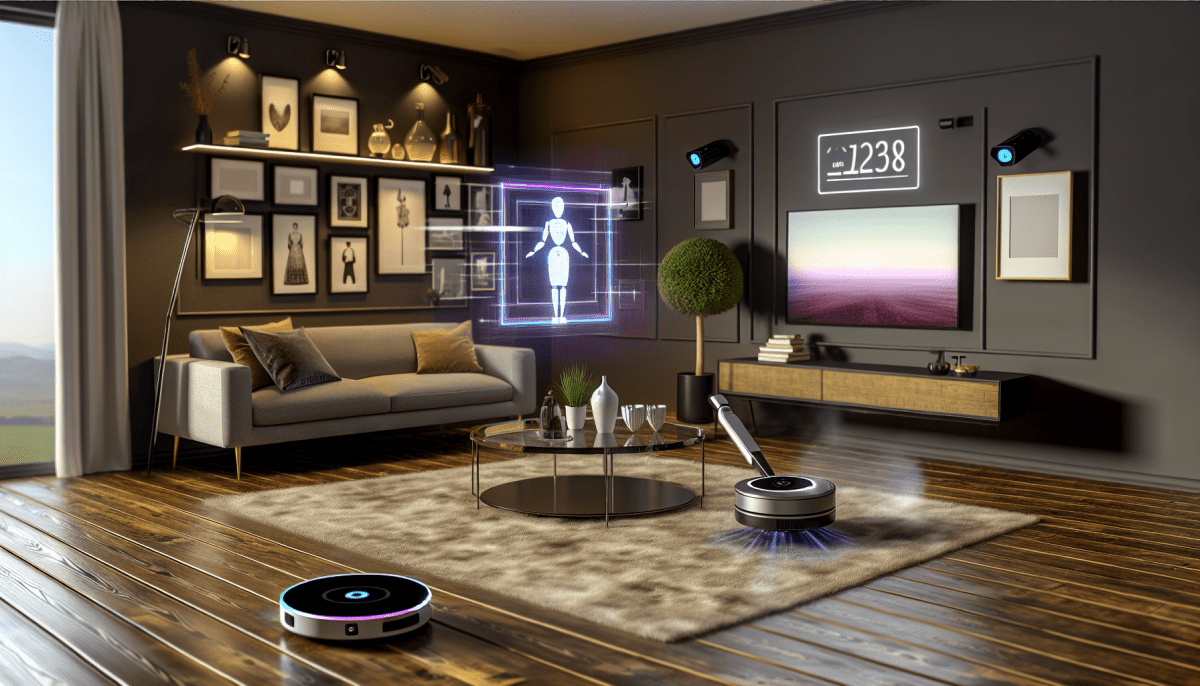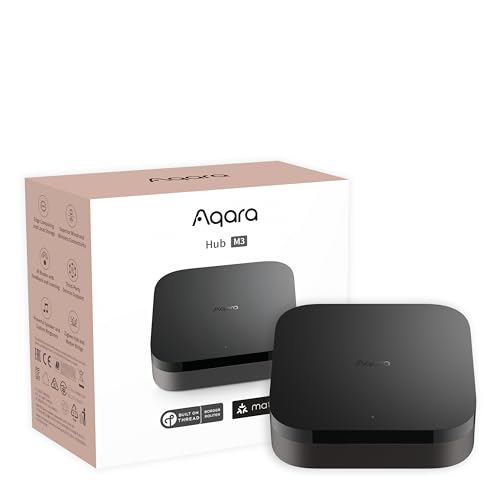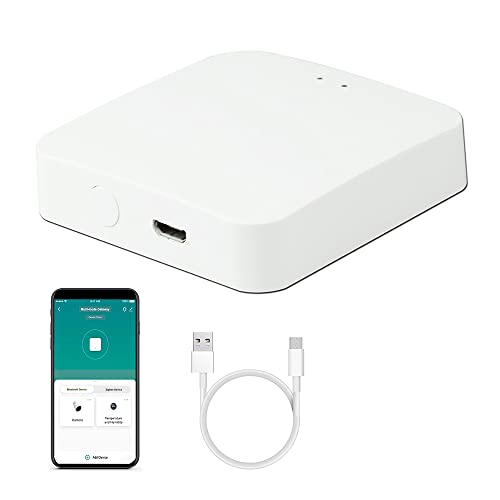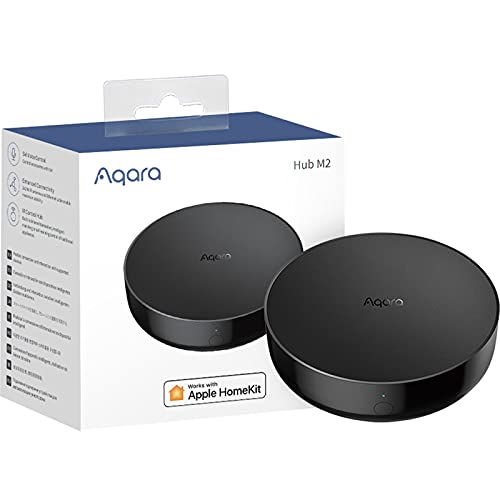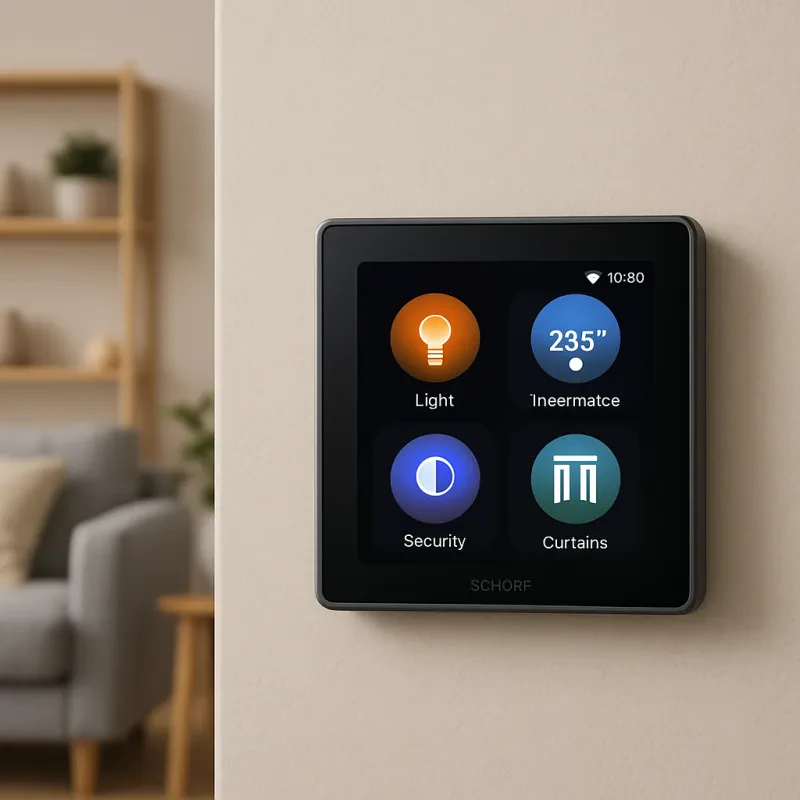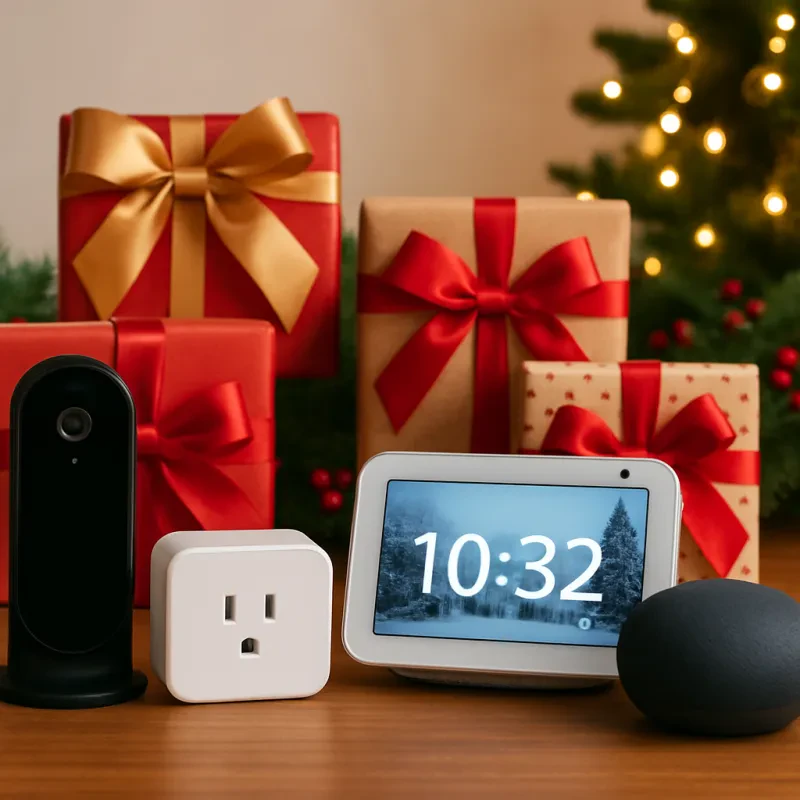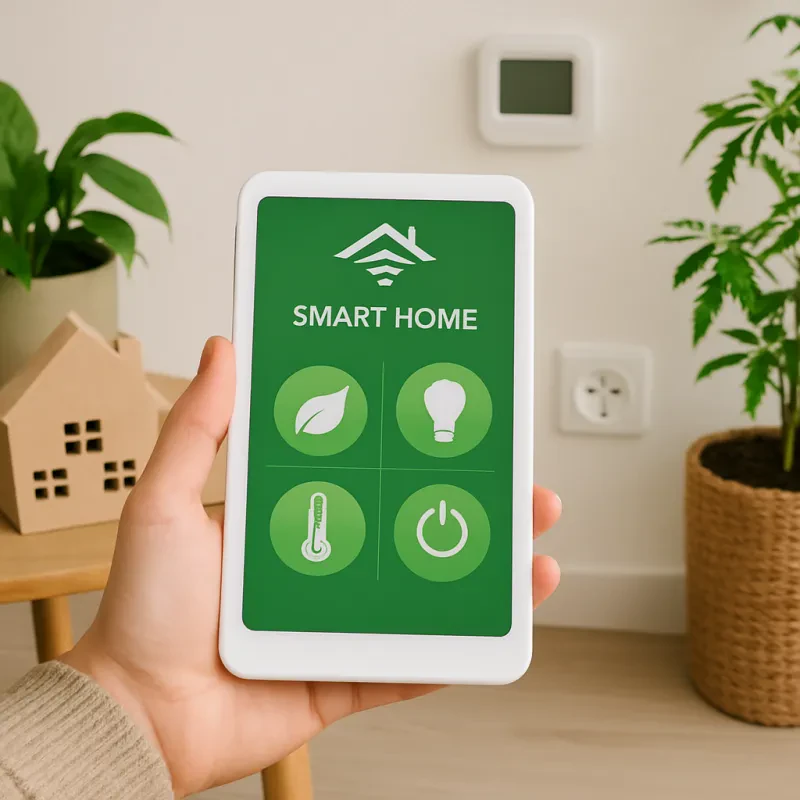Home automation is the latest buzz in the world of technology that is making waves in the home improvement industry. It is a process of automating your home appliances and tasks to create an intelligent environment for your home. This technology aims to make your life more comfortable and convenient by giving you complete control over your home appliances with just a few taps on your smart devices.
But before you dive into the world of home automation, there are a few things you need to know.
What is Home Automation?
Home automation refers to the use of various technologies to automate tasks and control devices in your home. These include lighting, climate control, security systems, entertainment systems, and more.
With the help of sensors, remote controls, and smart devices, home automation technologies make homes more energy-efficient, comfortable, and secure. Many households are now choosing to automate their homes as it makes managing daily tasks more manageable, and it can save time and money in the long run.
Why Choose Home Automation?
Home automation has become increasingly popular for several reasons. Some of the primary benefits include:
- Convenience and ease of use
- Increased energy efficiency, leading to lower electricity bills
- Enhanced security features, like motion sensors and surveillance cameras
- Greater control over your home appliances and devices
- Improved entertainment options, like sound and lighting systems
How to Get Started with Home Automation
Getting started with home automation involves a few essential steps, including:
- Choose the right devices – select devices that work with your preferred automation platform or ecosystem.
- Design a plan – start by identifying what fixtures or appliances are most critical to you and plan which ones you want to automate.
- Install and set up – hire a professional or DIY (depending on your level of technical expertise) to install and configure your devices.
- Integrate – once your devices are installed and configured, connect them to your automation platform or ecosystem.
- Test and Monitor – test your devices to ensure everything is working correctly. Monitor and adjust the settings to optimize your home automation experience.
By following these steps, you'll be well on your way to creating a smart, modern, and efficient home with home automation.
DIY Home Automation: Tips and Tricks for Setting Up Your Smart Home
Setting up a smart home can seem overwhelming at first, but with a little bit of knowledge and some patience, you can create a fully automated and efficient home. Here are some tips and tricks to help you get started:
Choose a Hub
The hub is the brain of your smart home, connecting all of your devices together. It’s important to choose a hub that works with a wide variety of devices and has an intuitive interface. Popular hub choices include Samsung SmartThings, Google Nest, and Amazon Alexa.
Start Small
Don’t try to automate your entire home at once. Start with one room or area and build from there. This will help you better understand how the technology works and allow you to troubleshoot any issues that arise.
Choose Compatible Devices
Make sure the devices you choose to automate are compatible with your chosen hub. This will save you headaches down the road and ensure all of your devices work together seamlessly.
Set a Routine
Creating routines will simplify your life and make your smart home more efficient. For example, you could set a routine to turn off all the lights in your home at a specific time each night. This will save you energy and prevent you from forgetting to turn off any lights.
Invest in Sensors
Sensors can automate a lot of simple tasks for you. For example, a motion sensor in your entryway can trigger your lights to turn on automatically when you enter the room.
Consider Security
With any technology, security is important. Make sure you choose a hub and devices that have adequate security measures in place. Additionally, consider purchasing a security system for your home, such as a smart camera or door lock.
By following these tips, you’ll be able to set up a functional and efficient smart home in no time. Remember to start small and build from there, and don’t be afraid to ask for help or advice from fellow smart home enthusiasts!
From Lights to Appliances: A Guide to Choosing Devices for Your Home Automation System
When deciding which devices to incorporate into your home automation system, it's important to consider what types of devices will be most beneficial to you and how you want to use them. Here are some common devices to consider:
Smart Lighting
Smart lighting enables you to control the lighting in your home from your smartphone or other connected devices. You can set schedules, dim lights, and turn them on and off remotely. Some smart lighting systems even include color-changing options to set the mood for a party, movie night, or relaxation.
Smart Thermostats
A smart thermostat allows you to regulate the temperature of your home from your smartphone, tablet, or computer. It can also learn your behavior and preferences over time, optimizing energy usage and saving you money on utility bills.
Smart Plugs and Outlets
Smart plugs and outlets allow you to control any device or appliance that is plugged into them. They can be used to turn off devices when they are not in use, prevent overcharging, and schedule appliance usage to save energy.
Smart Security Devices
Smart security devices include door locks, security cameras, and motion detectors that connect to your home automation system. They enable you to monitor your home from anywhere, receive alerts if there is any suspicious activity, and even unlock your doors remotely.
Smart Home Entertainment
With smart home entertainment devices, you can control your audio and video systems, streaming services like Netflix and Hulu, and even your gaming consoles from your connected devices. You can set the mood with music or dim the lights while watching a movie.
In conclusion, home automation systems can make your life easier and save you time and money. It's important to choose the right devices for your specific needs and preferences based on the features and capabilities that matter most to you. Consider consulting with a professional installer to help you design and install your home automation system.
